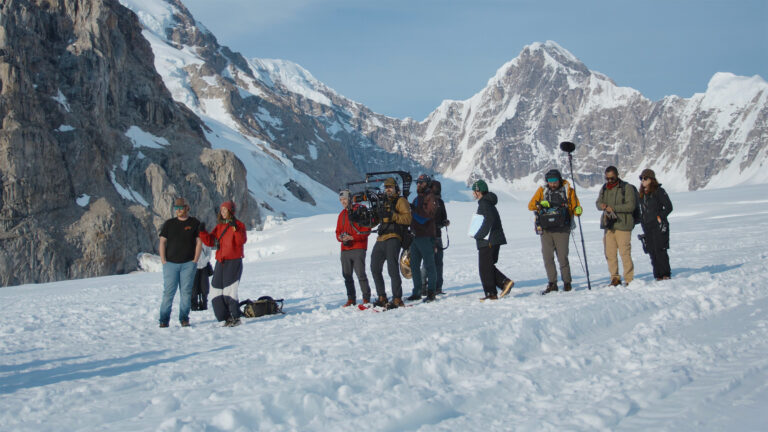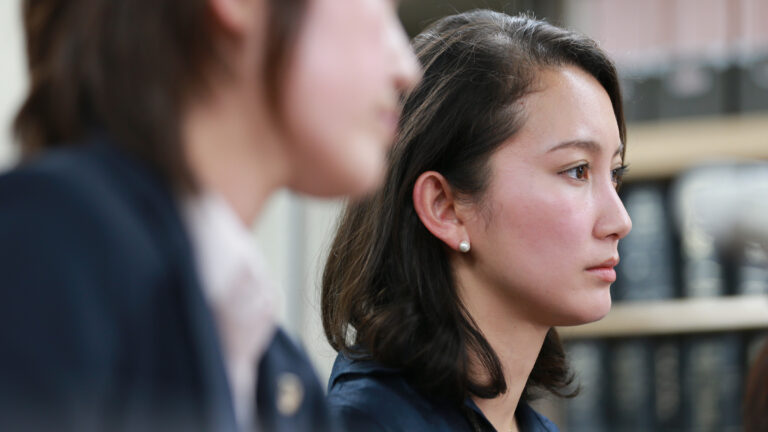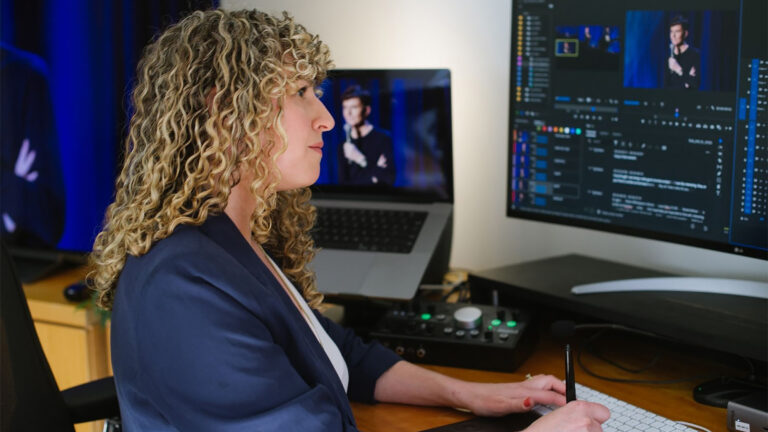“A good play,” Tony Kushner once wrote, “should always feel as though it’s only barely been rescued from the brink of chaos.” In that essay, he compares his approach to dramatic structure to that of a lasagna: “overstuffed…with a bursting omnipotence up its sleeve.”
Hotel Artemis, Drew Pearce’s dystopian action thriller, is a bit of a filmic lasagna, with a variety of (un)savory characters, storylines, and agendas, all on the brink of chaos, but ordered into a satisfying experience.
Editor Gardner Gould, who, along with Paul Zucker, helped wrestle this multi-layered story into a taut 93-minute visual feast, took us through the process.
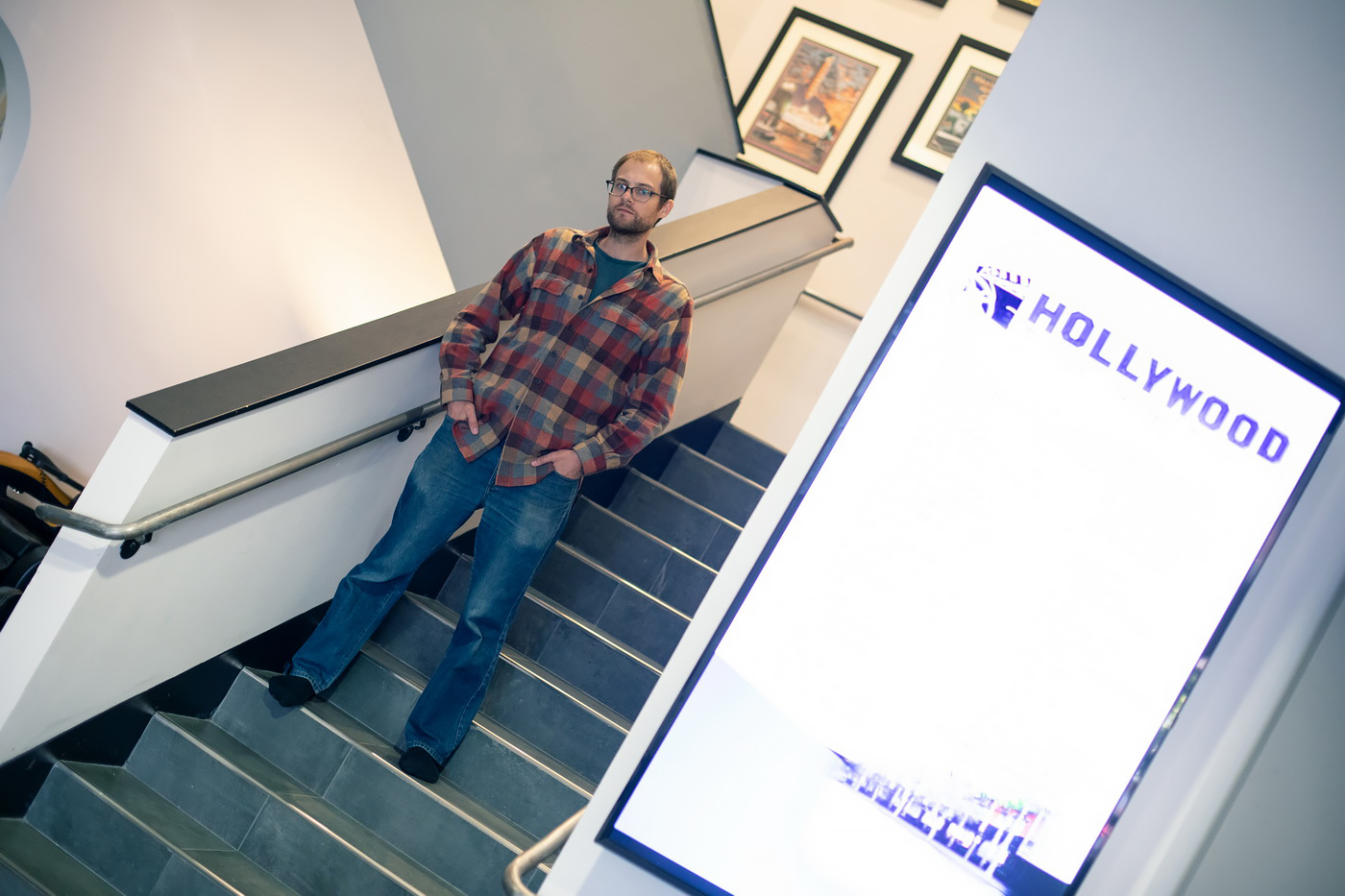
Deja vu?
If you happened to read last week’s article on Hereditary, you might think you’ve heard this story before. Both are genre films by first-time feature writer-directors. Both were made on tight budgets, shot on blistering 32-day schedules, and created deeply complex worlds. Both casts boasted top-tier talent. And both were cut by teams in which a senior editor started on the film and left it in the hands of a young additional editor coming into his own.
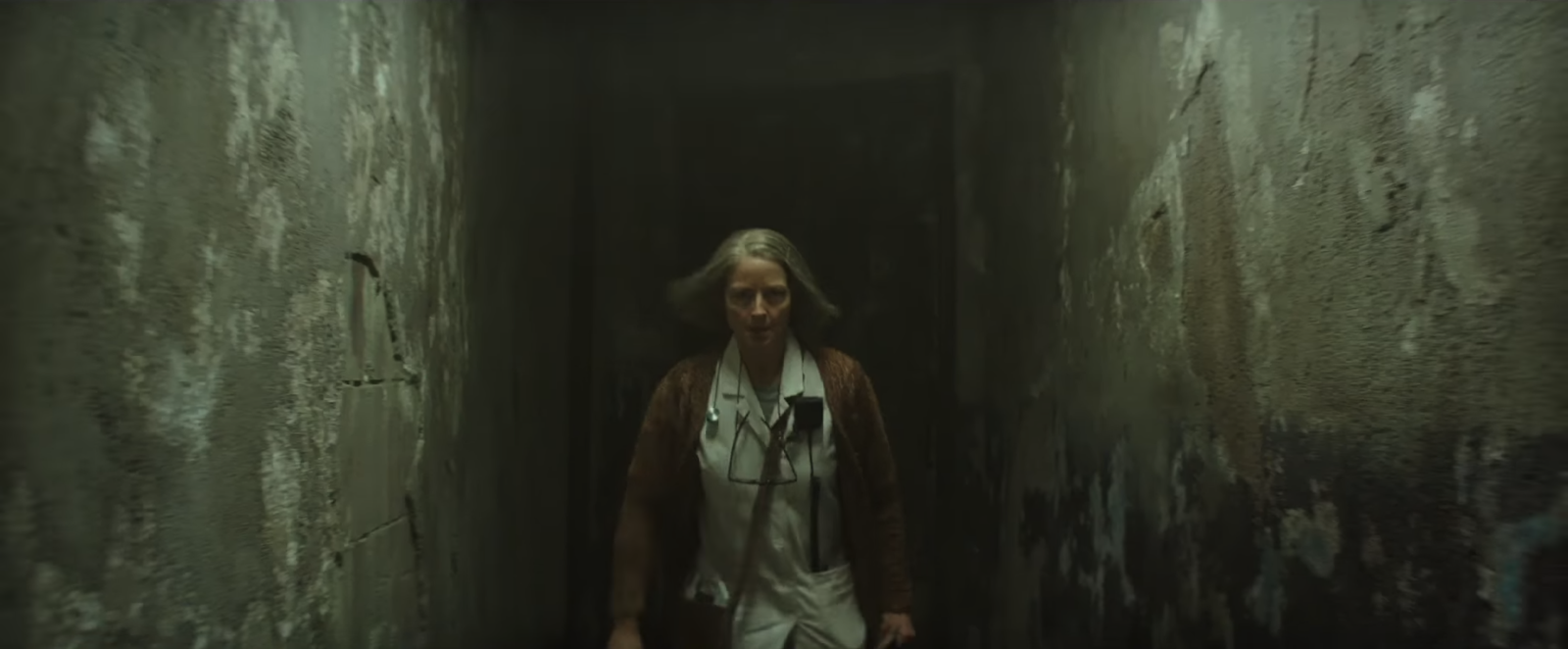
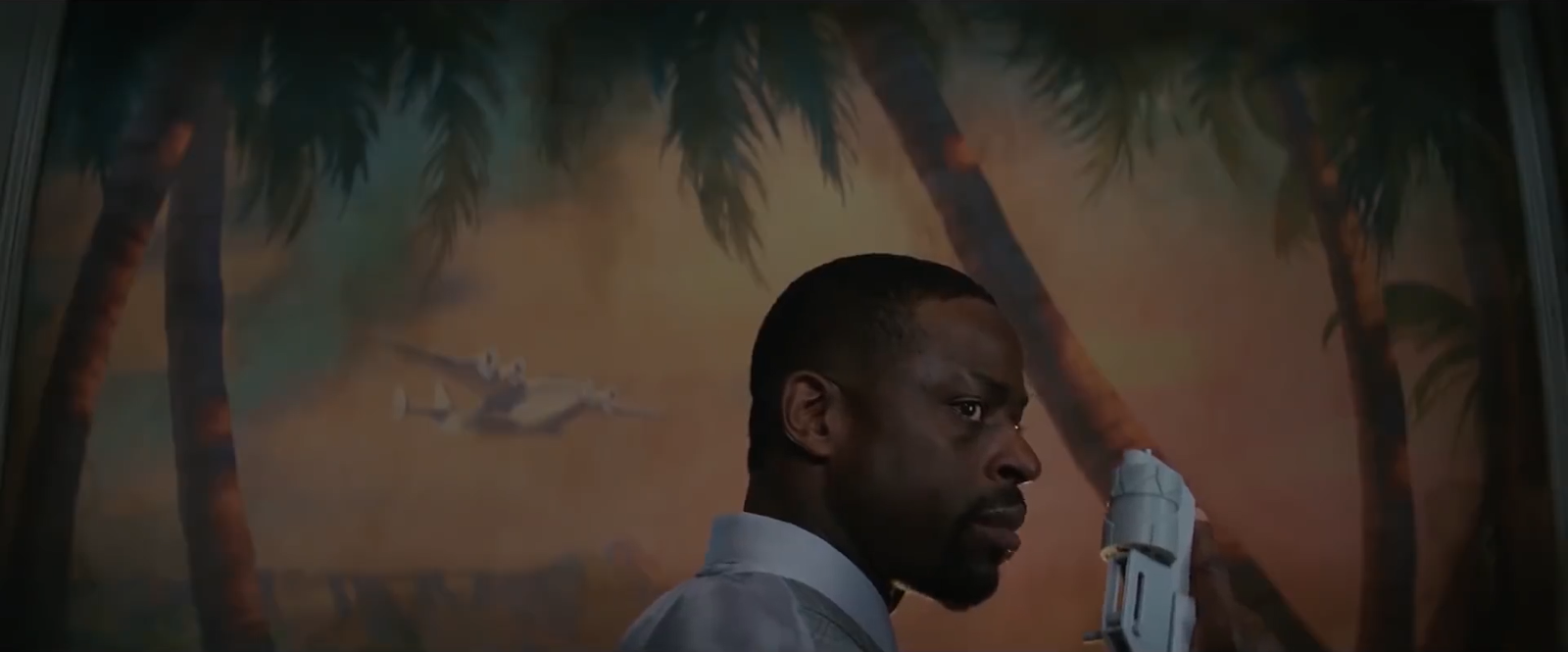
But that’s where the similarities end. Because in terms of story, pacing, and approach, the two films could not be more different.
Assembling the Team
Drew Pearce has a history in Hollywood as a writer on such blockbusters as Mission: Impossible – Rogue Nation and Iron Man 3. But Hotel Artemis is his first time as writer and director. With a lean $15 million budget, every cent is on the screen—and then some. Not only does the film star Jodie Foster, Sterling K. Brown, Dave Bautista, and Jeff Goldblum, there are 400-plus stunningly seamless visual effects shots, along with a couple of Matrix-quality fight scenes.
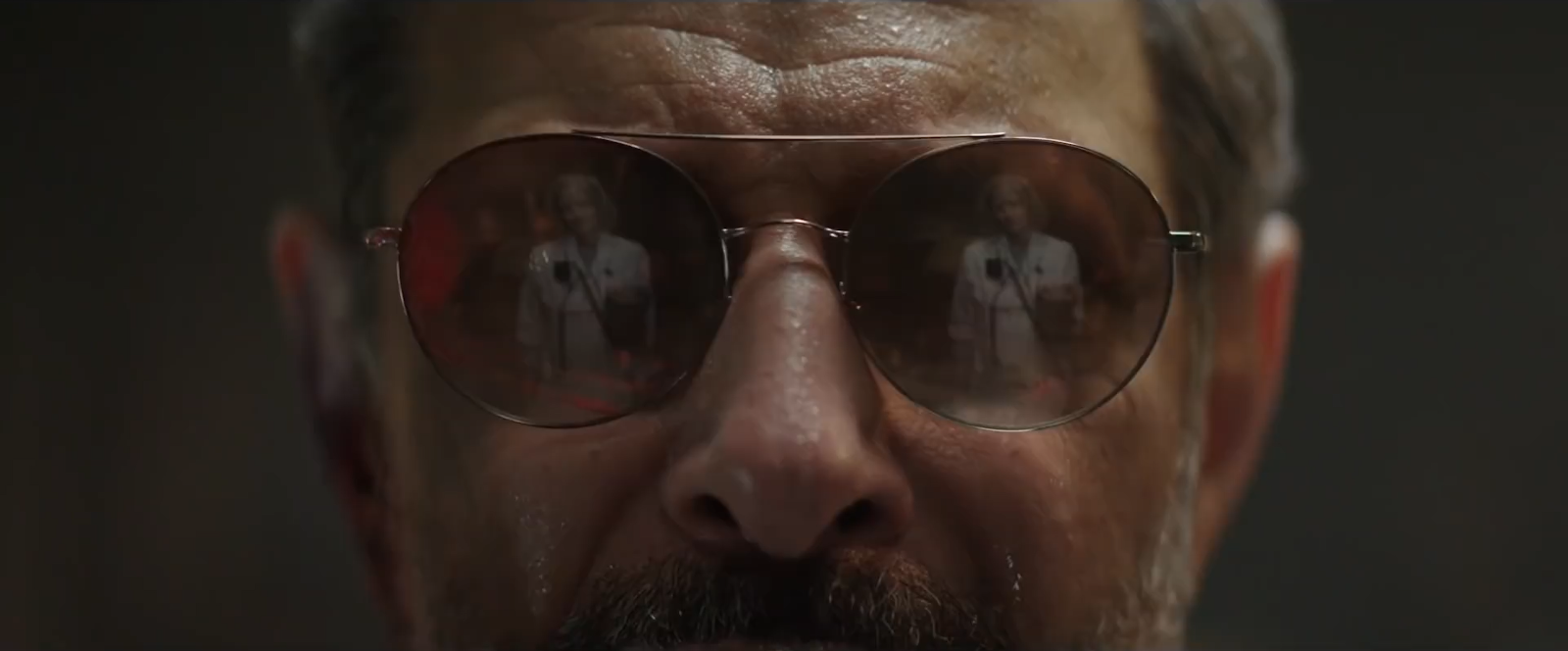
The film is dark and lush, with claustrophobic interiors designed to heighten the danger of being trapped in a building inhabited by ruthless criminals while the “worst riot in Los Angeles’ history” rages beyond the hotel walls. Production designer Ramsey Avery (Spider-Man: Homecoming and Star Trek: Into Darkness) and director of cinematography Chung-hoon Chung (the original Oldboy and The Handmaiden) helped create the stylish world that Drew describes as “1920s meets 2020s.”
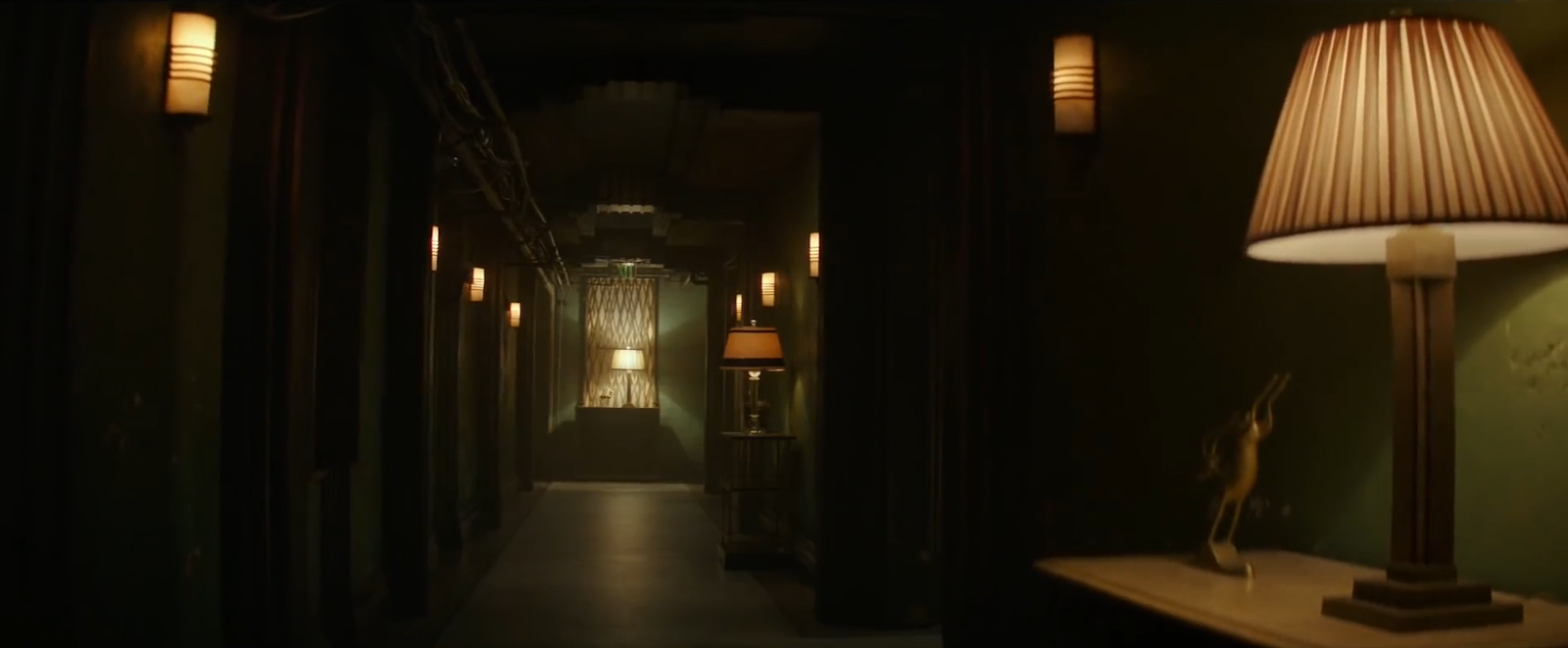
As a fan of the South Korean neo-noir films of Chan-wook Park, Drew hoped to find a DP who could imitate Chung-hoon Chung’s work. Fortunately, he managed to get the genuine article. Chung not only established the overall look but also operated the B-camera himself.
Shot with Arri Alexas at 2K anamorphic, the A-camera was set to take the basic scene coverage while, according to Gardner, Drew asked Chung to “really push it” as only he could on B-cam.
Chung, a master of cinematic improvisation, delivered. As Gardner explains, “Drew comes out of that Marvel background and had some clear ideas of what he wanted to shoot. But because Chung is such an instinctive shooter, he’d find incredible moments that we all really wanted to highlight in the edit.”
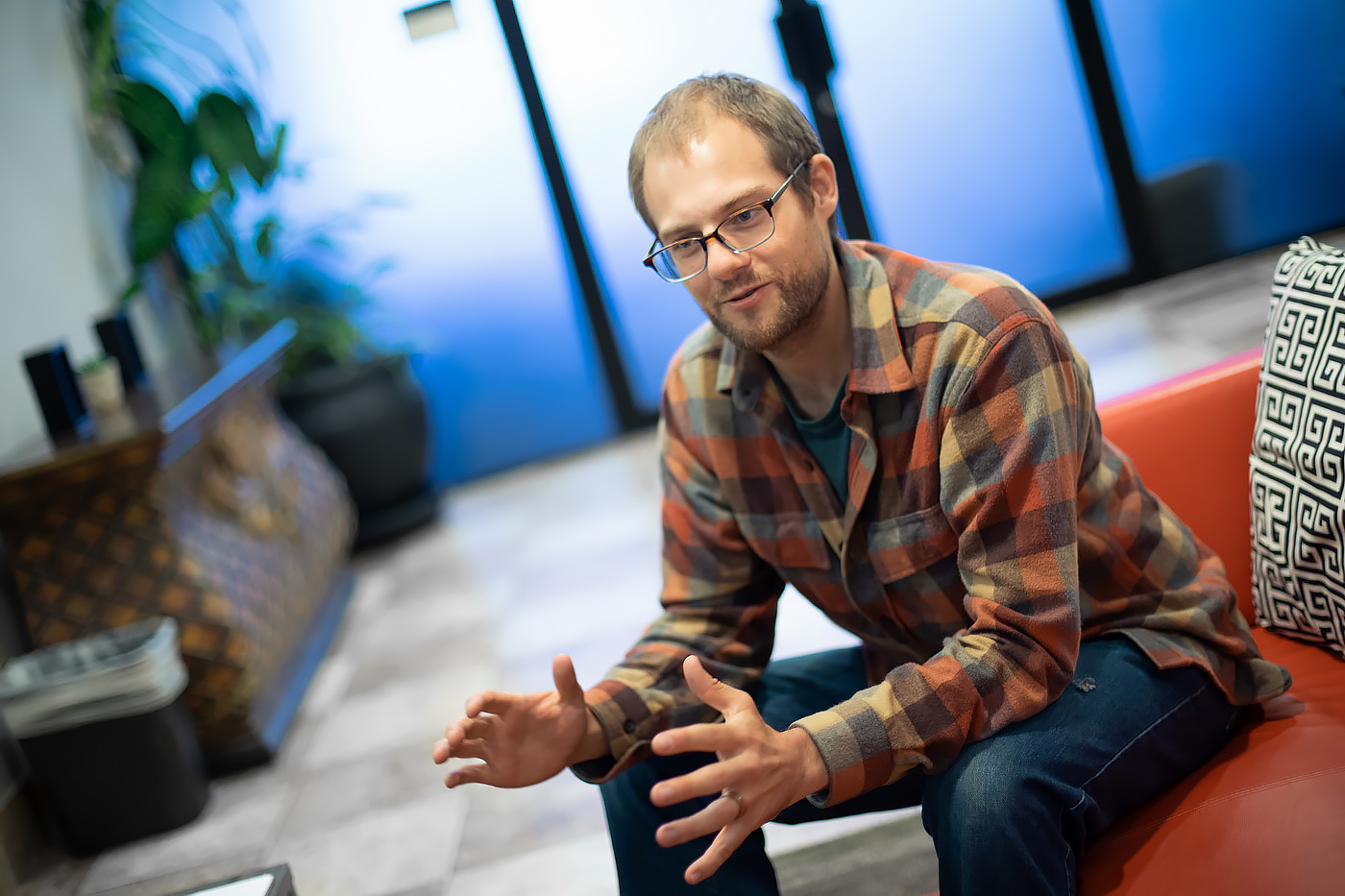
They cut on Avid, working at DNx115, and delivered at 2K. The result is moody and smoky, the kind of film that draws you in and makes you a little breathless as the characters’ situations grow increasingly precarious.
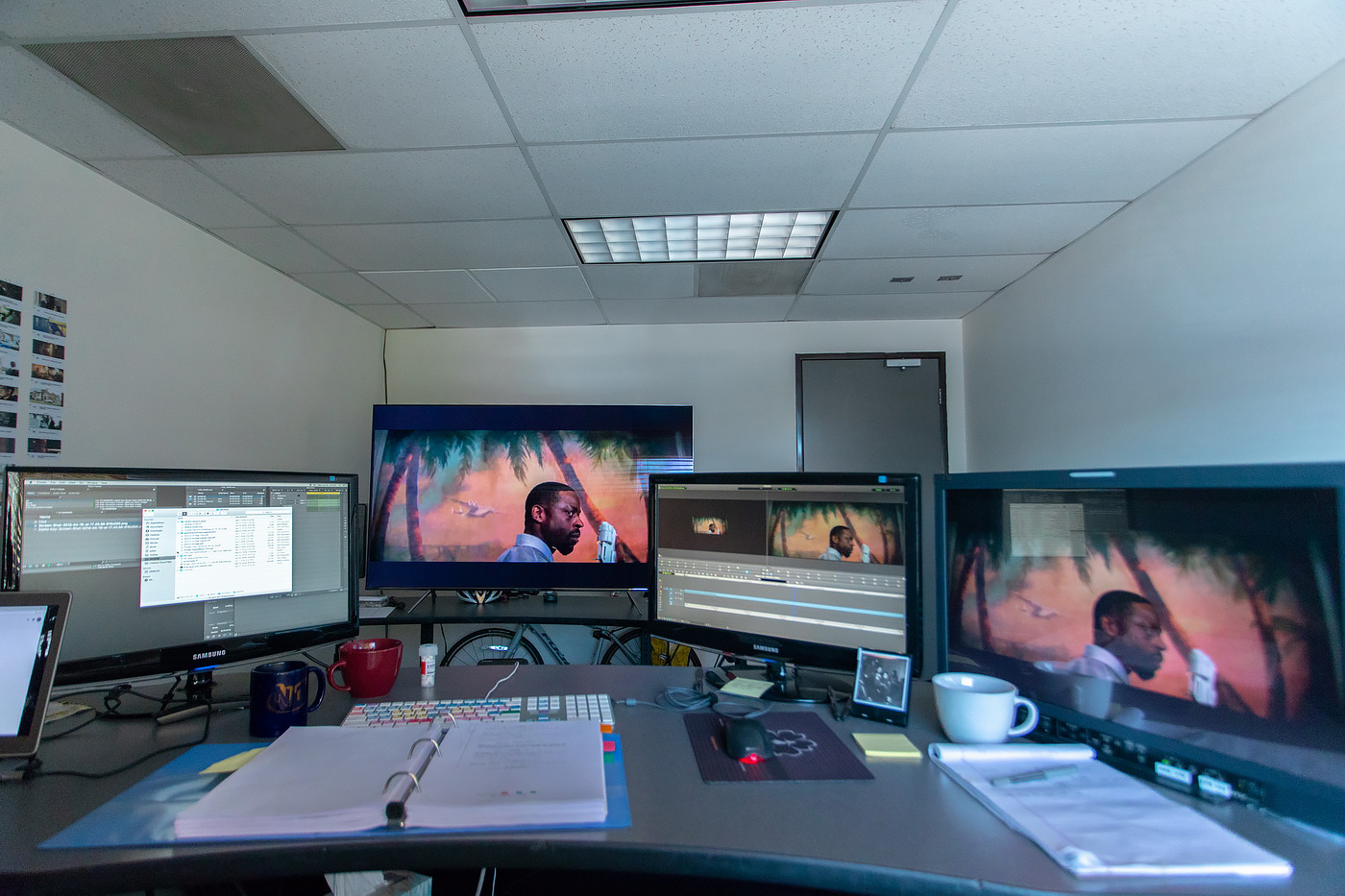
Tried-and-true Techniques
If the film itself embraces the “old meets new” aesthetic, so did the approach to making it. The main storyline follows The Nurse, a whiskey-chugging shut-in, who has run the Hotel Artemis as a hospital for injured criminals for 22 years. Known to each other only by the names of their rooms (themed after water-centric tourist destinations like Niagara Falls, Honolulu, and Acapulco, a tongue-in-cheek nod to the riot outside that centers around lack of drinking water), the patients pay a membership fee in order to receive treatment. During the night in which the film takes place, the Artemis is full, and the subplots surrounding those who are checked in are intricately intertwined, layered between the past and the present.
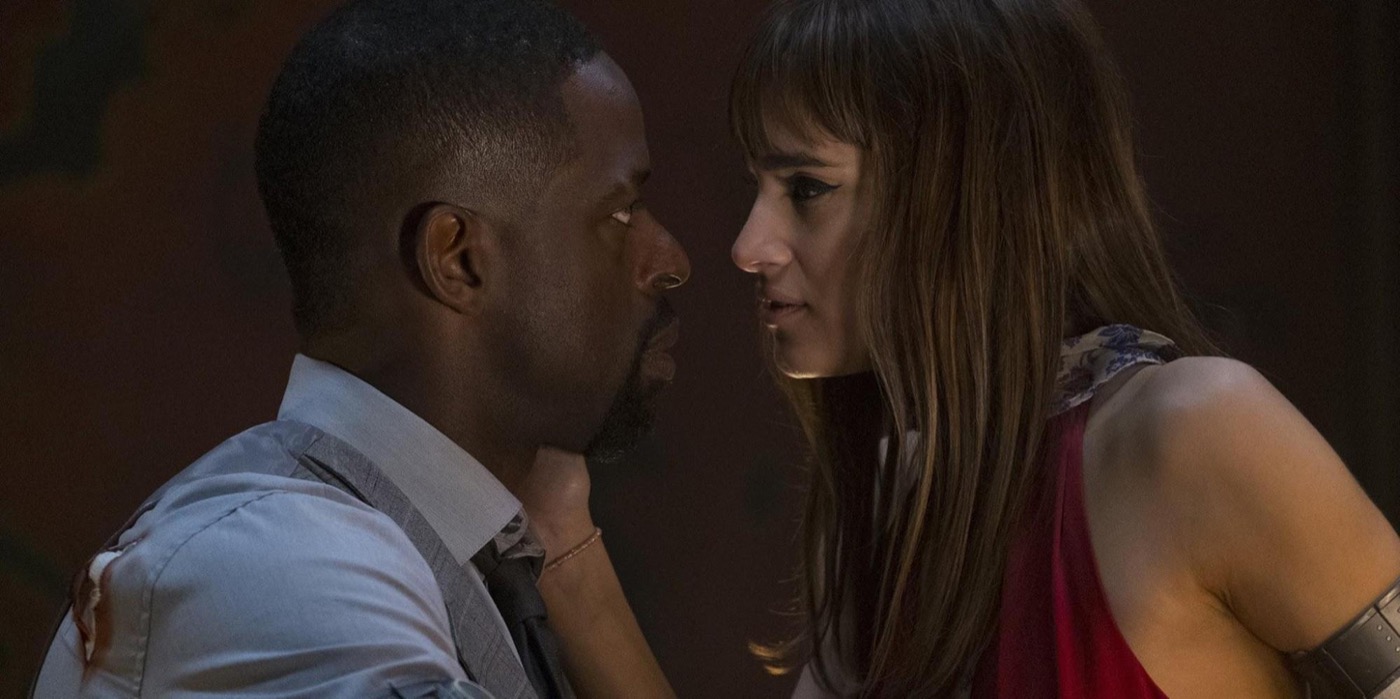
And that makes for challenging shooting and editing.
Like many editors, Gardner found that one of the most helpful techniques for cutting together the numerous storylines wasn’t even done on the Avid. In fact, it was done in the extremely low-tech way of placing stills from the scenes on the walls and physically moving them around to get a sense of how the various character stories would coexist.
“You can actually ‘watch’ the movie just by looking at the wall. It’s an incredibly helpful and wonderful way to work through the different threads. I once worked on a movie where we used a color-coding system for editing—different colored highlighters were used to represent different characters and emotions. Tension-building scenes were one color, character scenes were another, and so on.”
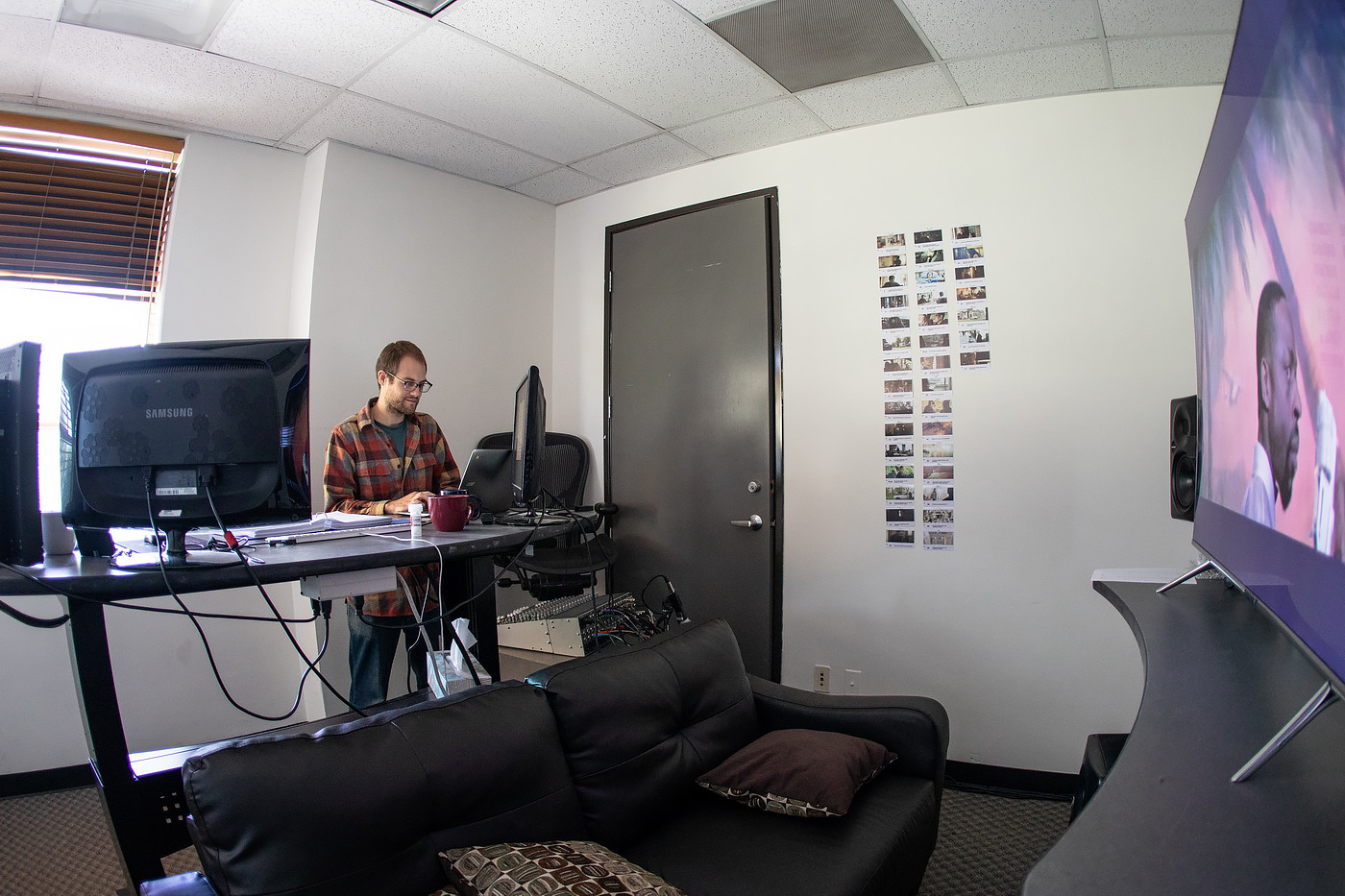
Although the structure of the movie needed to revolve around The Nurse’s story, there was some flexibility around how to incorporate the other characters’ plotlines.
In a “form follows function” kind of way, the hotel set is constructed much like an actual building in order to give the hotel a feeling of substance, which meant that moving walls easily wasn’t in the cards.
Instead, Gardner explains, “you’re dealing with a really narrow setup, so a lot of the scenes are actually ‘mastered’ from overhead. But as we were editing, we were able to ask for some inserts of the characters sneaking around, peeking down corridors and spying on each other. You can use those kinds of near misses to help with exposition and transitions.”
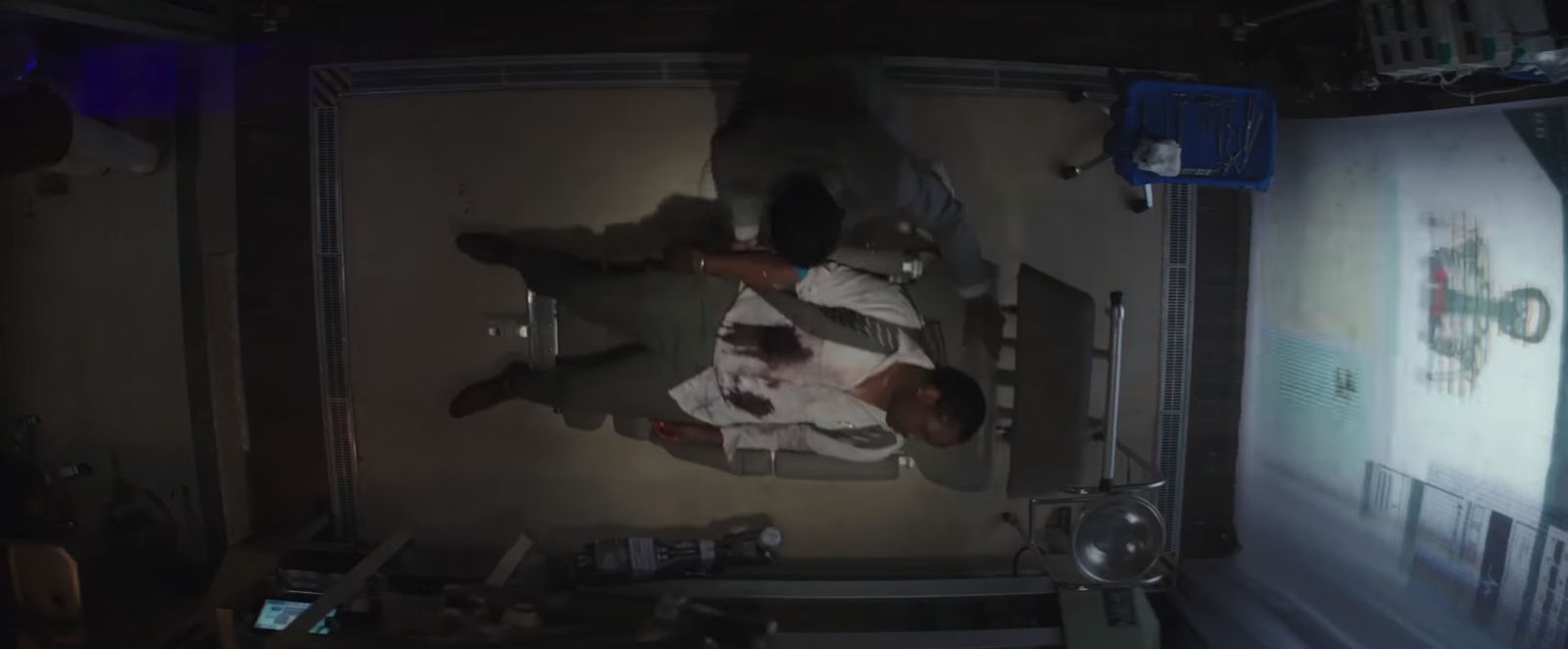
Location. Location. Location.
A movie set in the near future requires technology that doesn’t yet exist. As Drew has explained in other interviews, when you have a film that takes place in one night’s time, you need a way to heal people faster than you can in 2018.
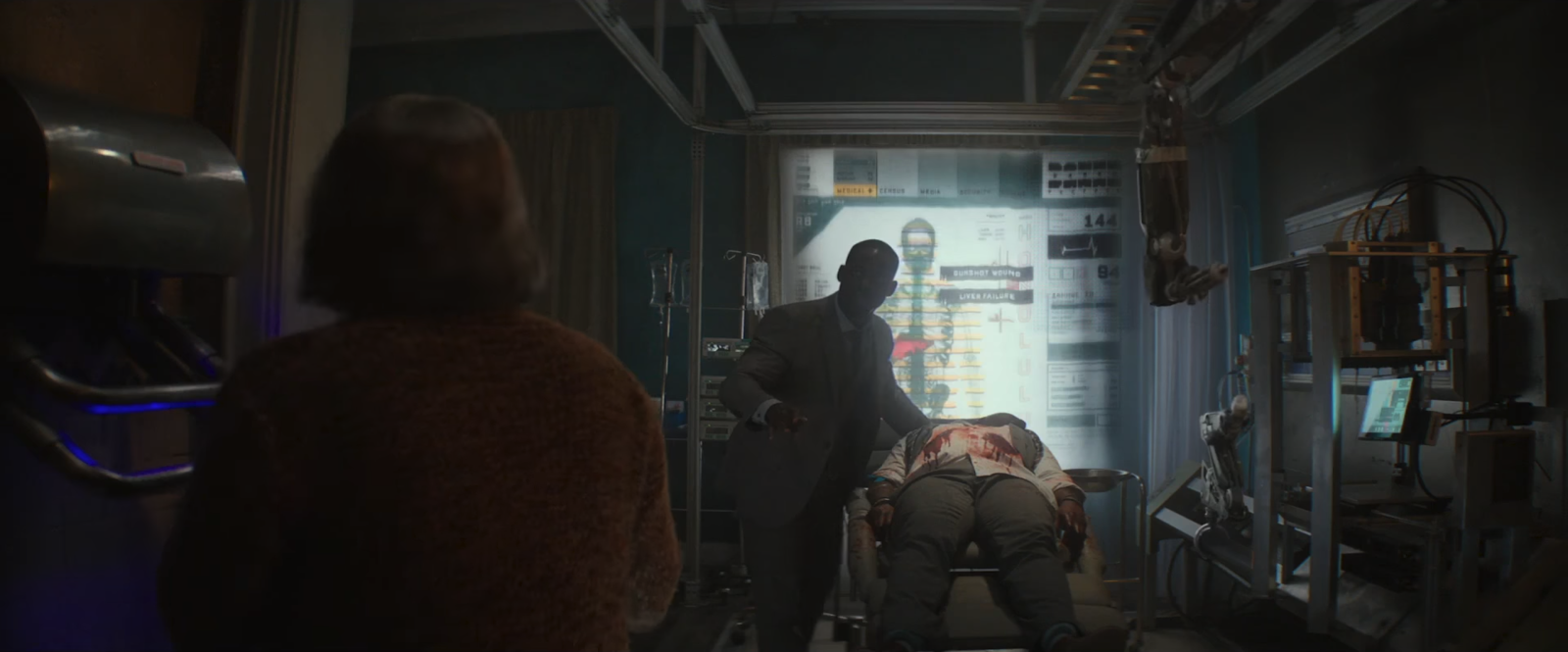
On top of that, many of the exteriors, shot practically, needed digital modification or enhancement.
Cantina Creative in LA handled all the visual effects shots for Hotel Artemis, and Drew, Gardner, and his assistants Michael Costello and Lillian Dawson Bain were able to work closely and easily with them because they were physically in the same building.
“We set up the cutting room downstairs from Cantina’s offices,” Gardner says. “It was cool because Drew could just walk upstairs and interact directly with an artist on a shot.”
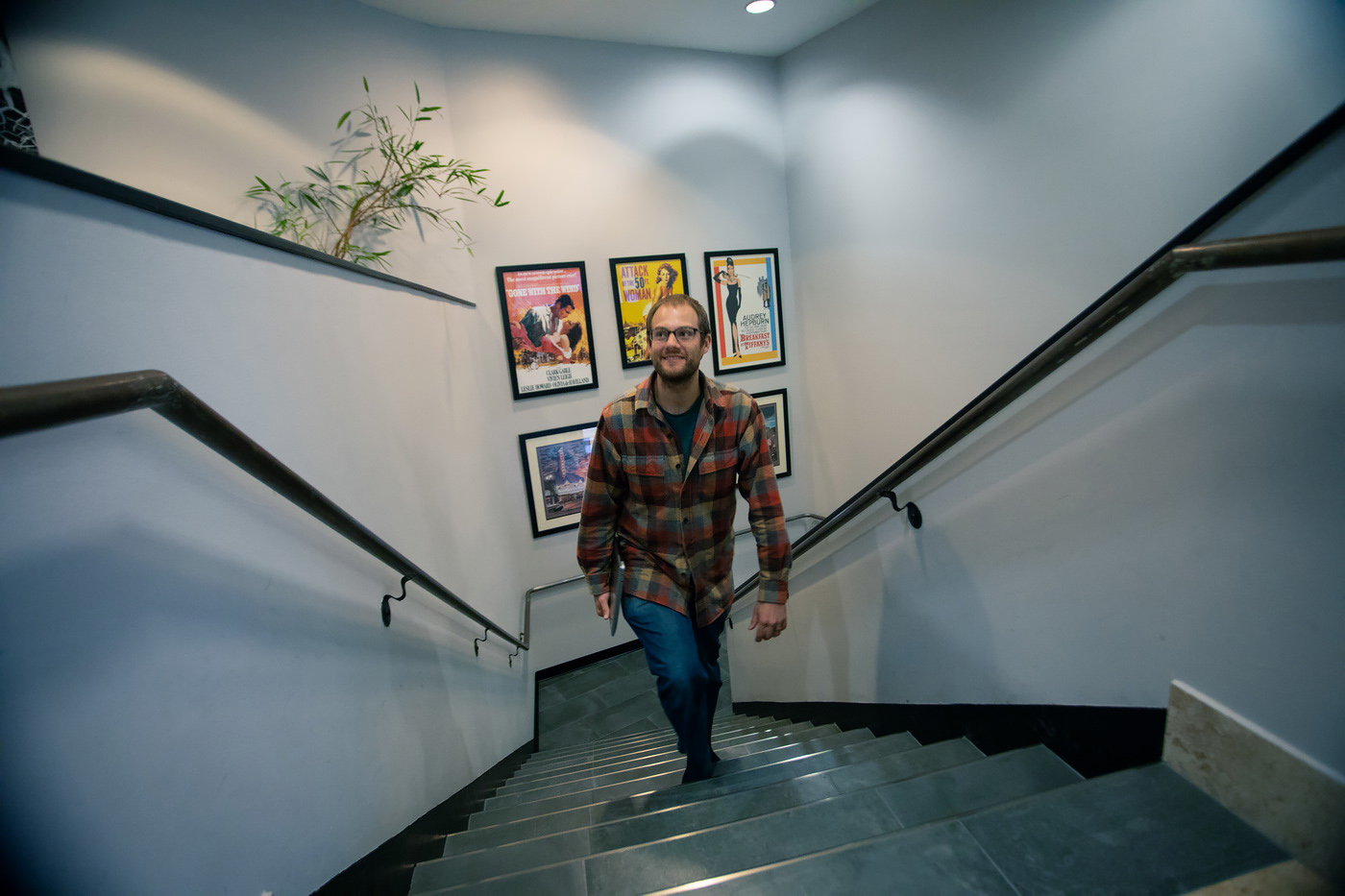
A 400-plus shot load adds a whole other layer of complexity to a film’s post-production workflow. The good news was that Gardner is no stranger to VFX, having worked as an assistant on Life of Pi, the Oscar-winner in that category in 2013.
“Cantina had their own shot-tracking setup, but we had to track everything internally, too. I have an old Filemaker database from way back when that I’ve been using and over the years it’s become beefier and easier to use. Our editorial assistant Chris Dold was instrumental in keeping the VFX train moving on our end.”
There was an intensive design phase necessary to visualize the look of the various objects, particularly the surgical tools The Nurse uses in her operating room.
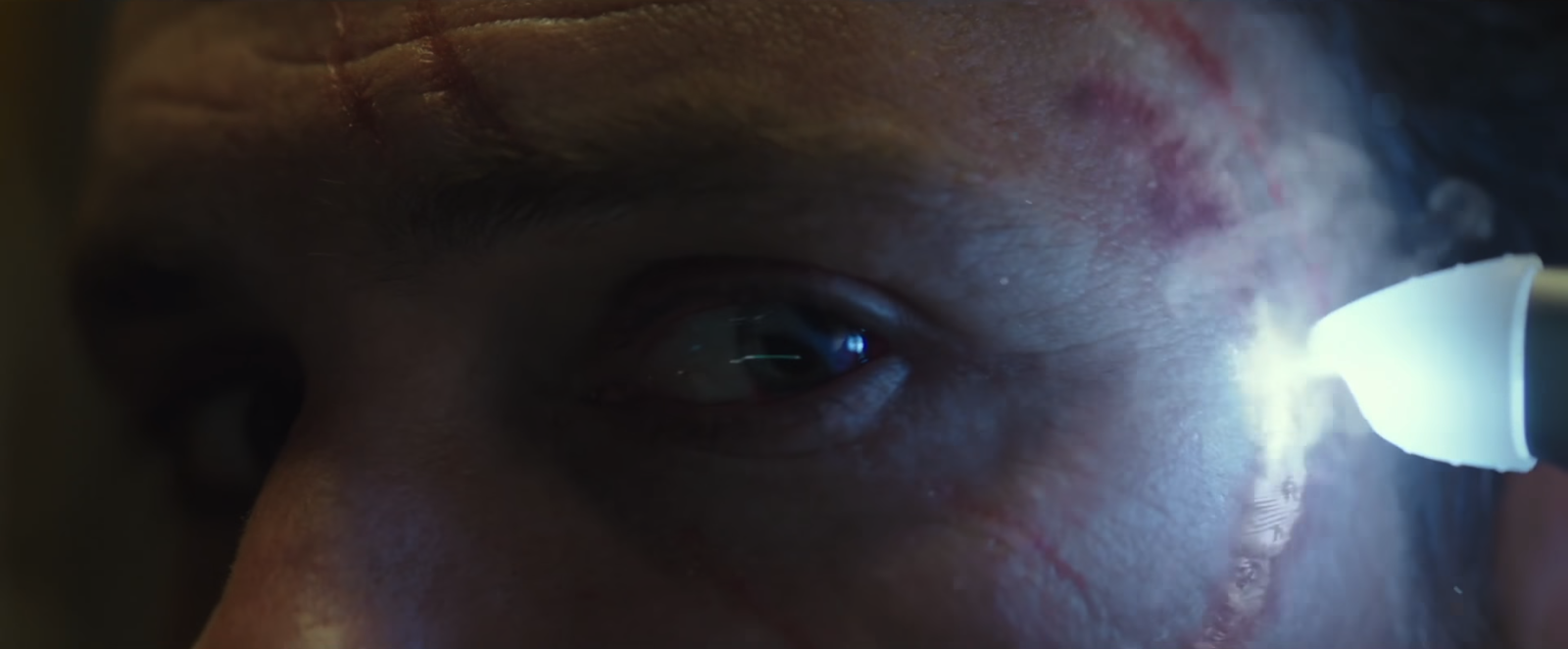
“Cantina really spent the time working with Drew to make sure that although it’s made up, it looks like it comes from a cohesive world. So, the surgical ‘arms’ are Japanese-inspired, and the 3D printer (used for making new organs for the patients) are Korean-inspired, while the curtain screens are Russian field tech.” That attention to detail makes the CG seem to organically meld with the faded deco glory of the hotel room.
Giving feedback was an important part of the VFX process, as Gardner also knows from Pi. “That experience helped me guide Drew. There are some things in a shot that can get fixed with a lighting or shading pass, but there are some that you absolutely have to fix in the animation itself.”
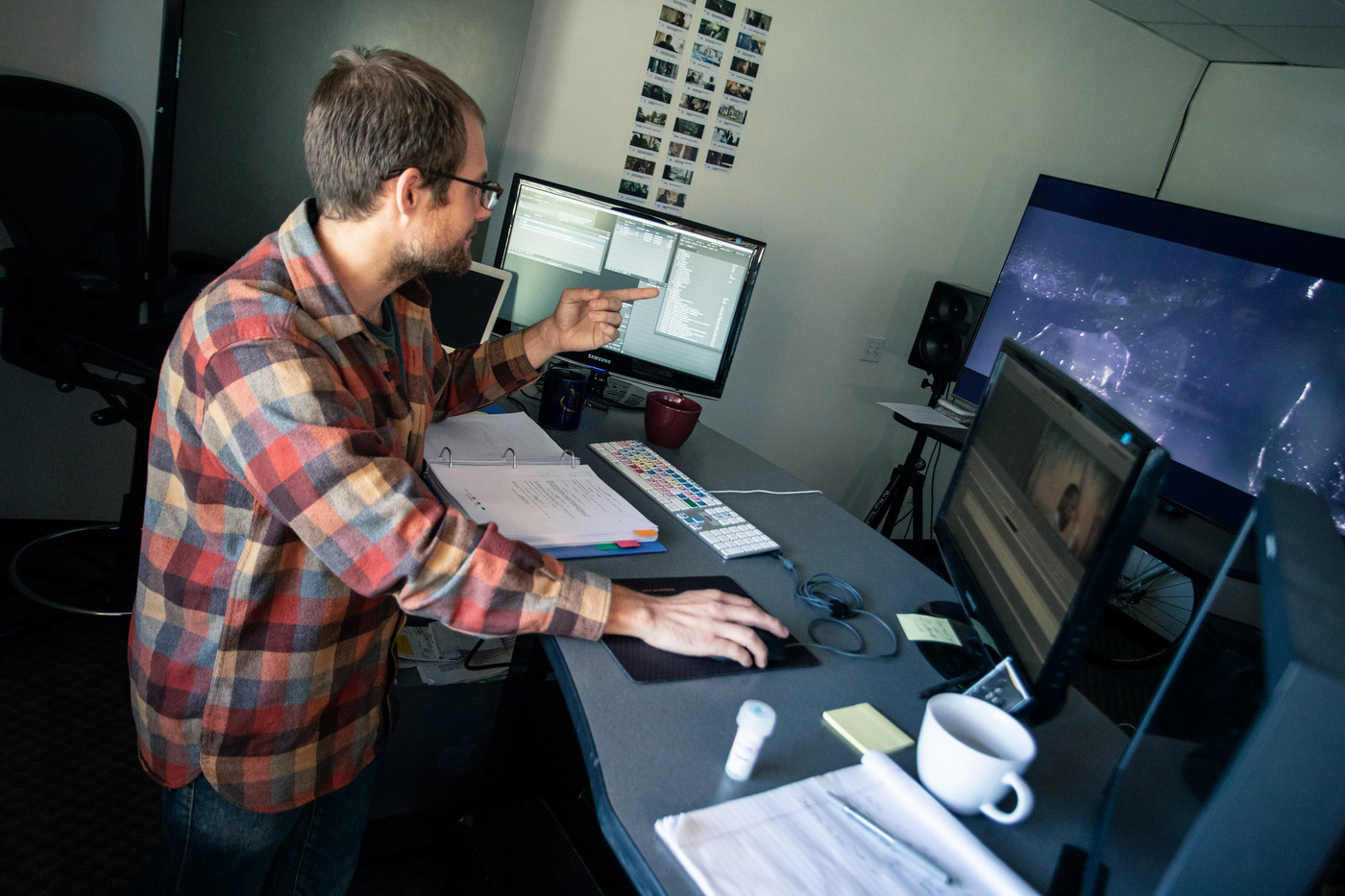
The Crew Going Above and Beyond
One thing Gardner is very clear about is that everyone involved in the process of making this film went above and beyond what they were paid to do, as is often the case on films with tight budgets. Drew himself has acknowledged that shooting in LA was immensely helpful because he could hire a great crew of locals who didn’t have to travel and could sleep in their own beds each night.
From the production design to the shooting to the VFX to the editing to the actors’ performances, everyone involved exceeded expectations. Gardner describes, for example, the fight scenes featuring Sofia Boutella’s character, Nice (as in the town in France).
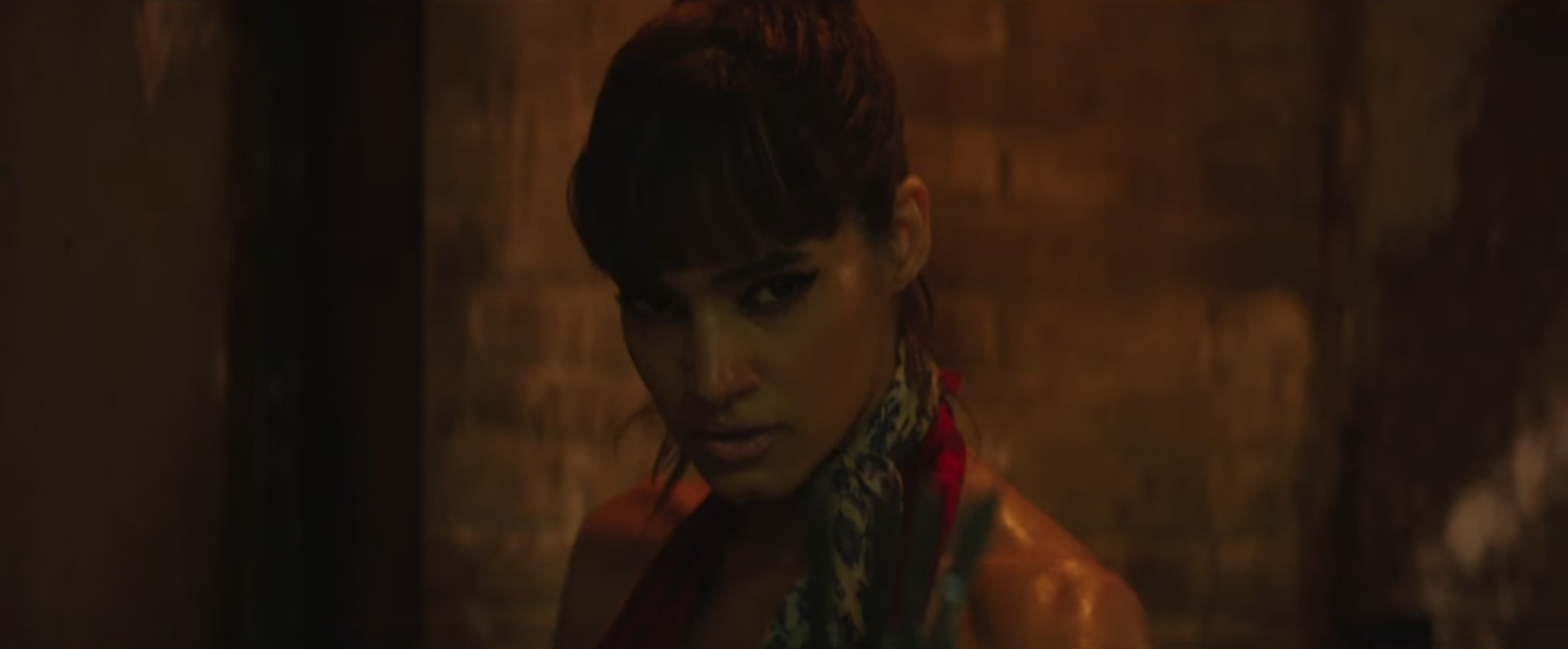
“She was a beast,” Gardner says. “She did those stunts herself.” If you’ve seen the film, you’ll realize that even that is an understatement. It’s a world-class fight, and not only was she amazing, Gardner’s approach to putting that sequence together was no less beastly.
“The budget was tight, so I had to basically combine two fights into one. There were only two stunt guys available to Drew for the Everest fight, and that was it. I found a couple of pieces of footage that I could run backwards, and I was able to take two deaths and turn it into nine deaths.” He sounds a little too happy about the body count, but under the circumstances, it’s understandable.

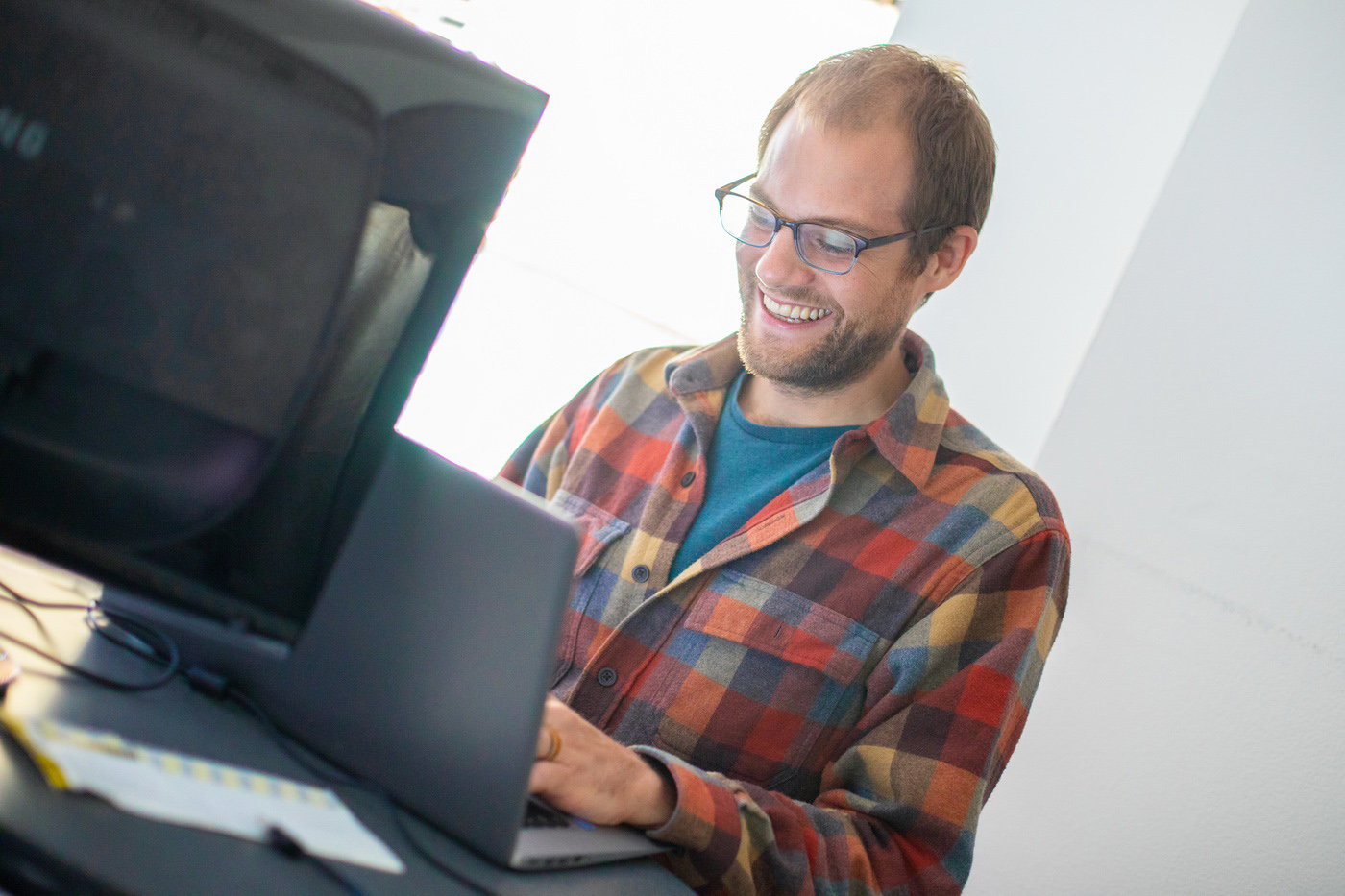
Throughout the discussion, Gardner refers back to the Kushner-lasagna idea. “In the fight scenes, you get different flavors—one part of it is dramatic choreography and epic international assassin moves, and the other part is just raw force.” In an effort to keep this article spoiler-free, we’ll be a little vague about which characters are involved, because if you’re at all a fan of Korean-style action movies, you’ll want to enjoy it for yourself.
In order to get all the exertions to flow and build with the established cutting pattern, at the suggestion of supervising sound editor Wylie Statemen, we wanted Sofia to go back over the final performance in ADR (Automatic Dialog Replacement). Often, actors are uncomfortable or uncooperative when it comes to ADR sessions because it can be difficult for them to get the sound quality right if they’re not in the midst of performing the actions from the scene.
“Again, Sofia was amazing,” Gardner says. “She did a completely spectacular job. She had us turn the lights out on the ADR stage, so she could get herself back to that place. We got all kinds of grunts and breathing that completely sold it. It was a hell of a performance to hear.”
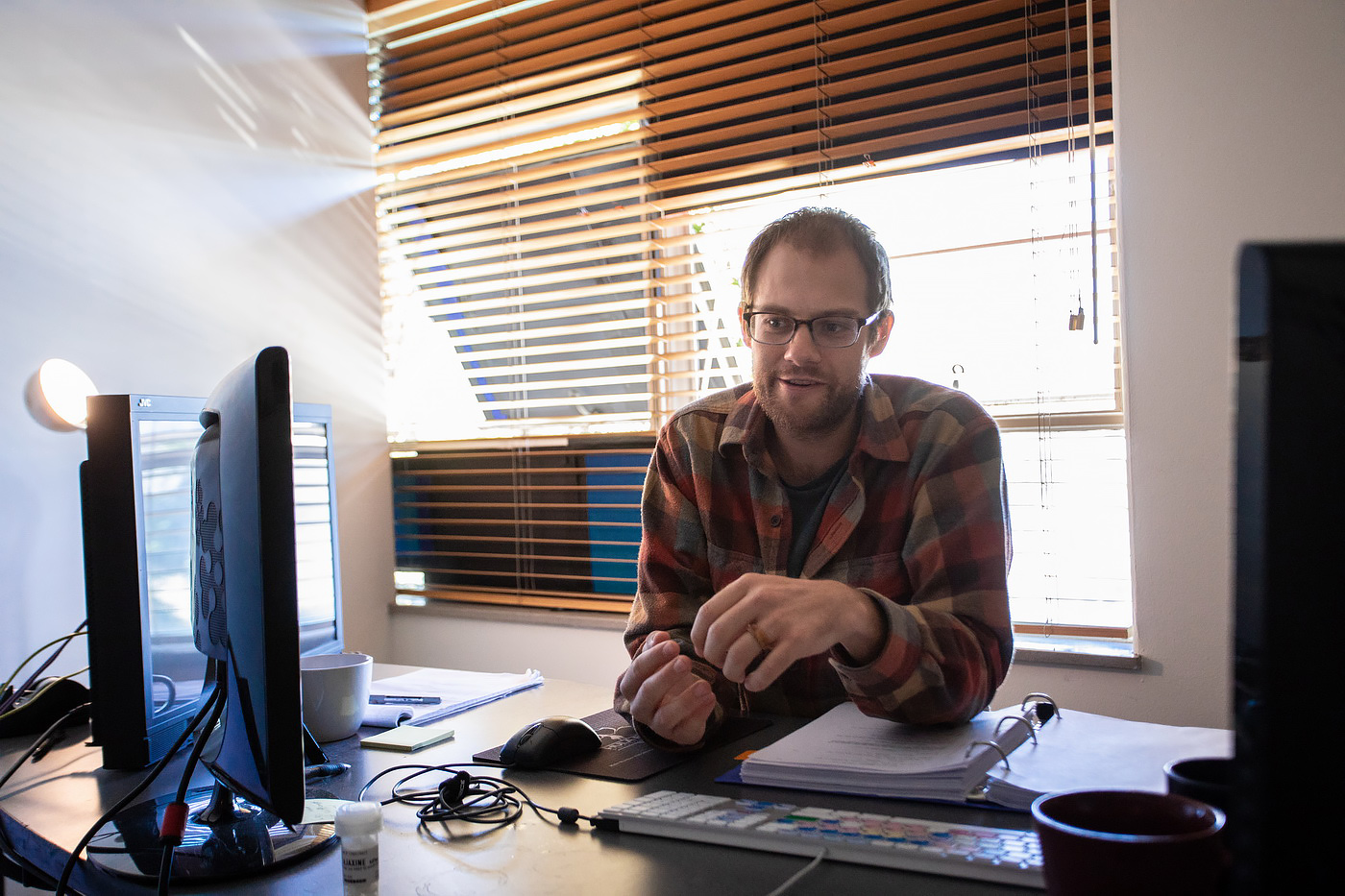
Throughout the production, Gardner worked closely with the sound team from Twenty Four Seven Sound, who set up a satellite mixing room in yet another office in the Cantina building. “They had kind of a guerilla projection setup, with fully tuned 5.1 sound, and we were able to go back and forth with our cut and their dialogue and effects work and hammer out a lot in premixes. It made for some extra work for Michael, my assistant editor, and for them in terms of conforming, but it paid off by allowing Drew and me to spend more time working toward the final mix and, in the end, less time and money on the sound stage. We did do the final mix out at their actual facility in Topanga, but we were a lot farther along in the process than is usual.”
Trimming the Fat
So what does one do with such an abundance of rich ingredients?
“Drew wanted to encourage a kind of brow-sweat intensity for the viewer, who’s trying to grab all the different hidden agendas. He wanted to keep a high BPM pace,” Gardner says.
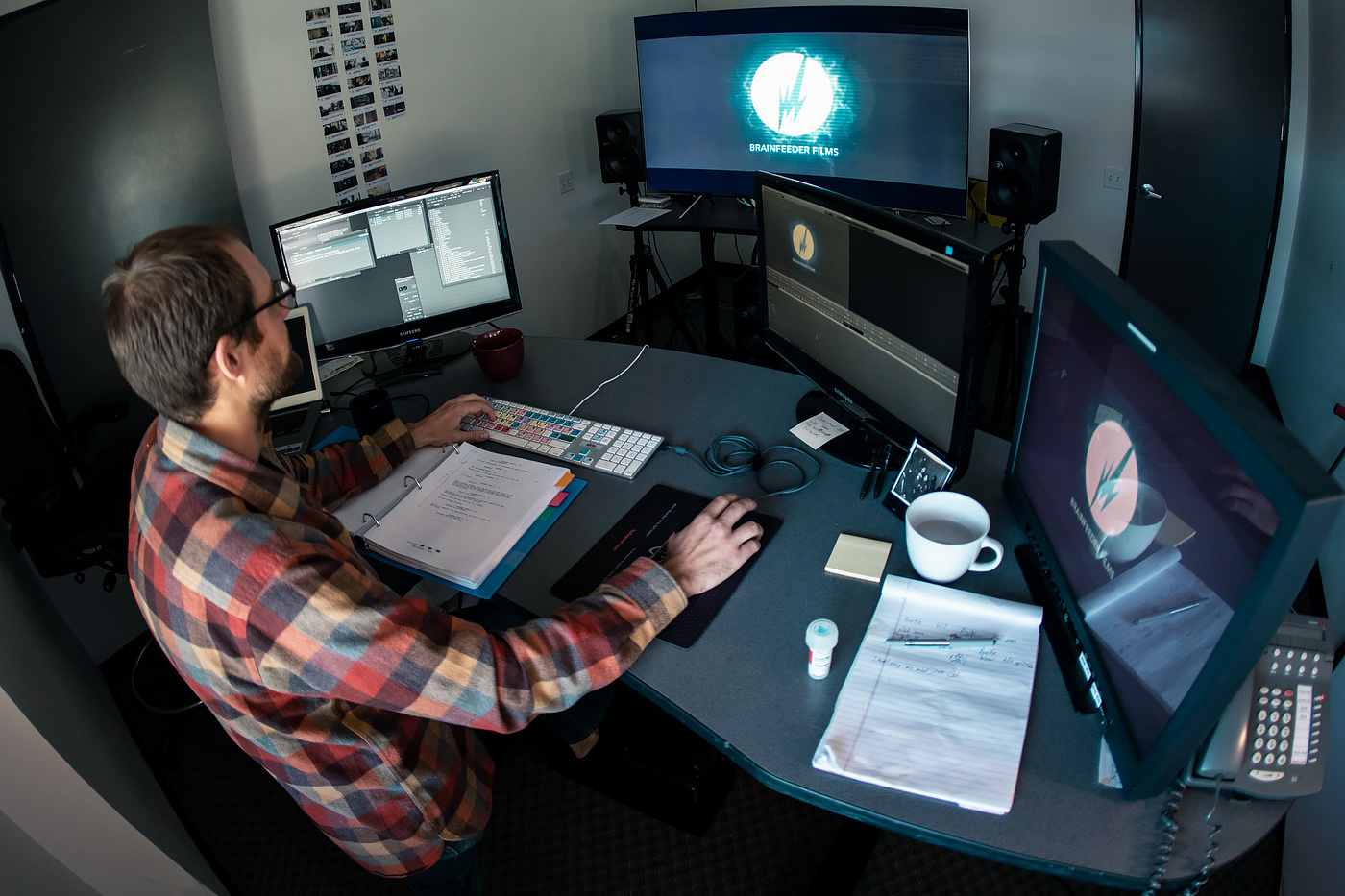
And that meant lots of trimming away anything that could be eliminated in order to keep the main focus on The Nurse’s story. “All the yummy ingredients you’ve got can sometimes overwhelm the dish. With the multiple storylines, we had to be aware that too many strong flavors could compete with one another, and if you’re not focusing on The Nurse, it’s not as satisfying.”
Gardner was brought on to the project initially as an additional editor but ended up staying on through the final cut and assuming the sole editor role when Paul finished the first director’s cut.
In the way that a master chef will hand down tricks he’s learned from those under whom he’s apprenticed, Gardner talks about how Paul had certain rules of editing that he had learned while assisting Valdís Óskarsdóttir, the renowned Icelandic editor, on Finding Forrester years earlier.
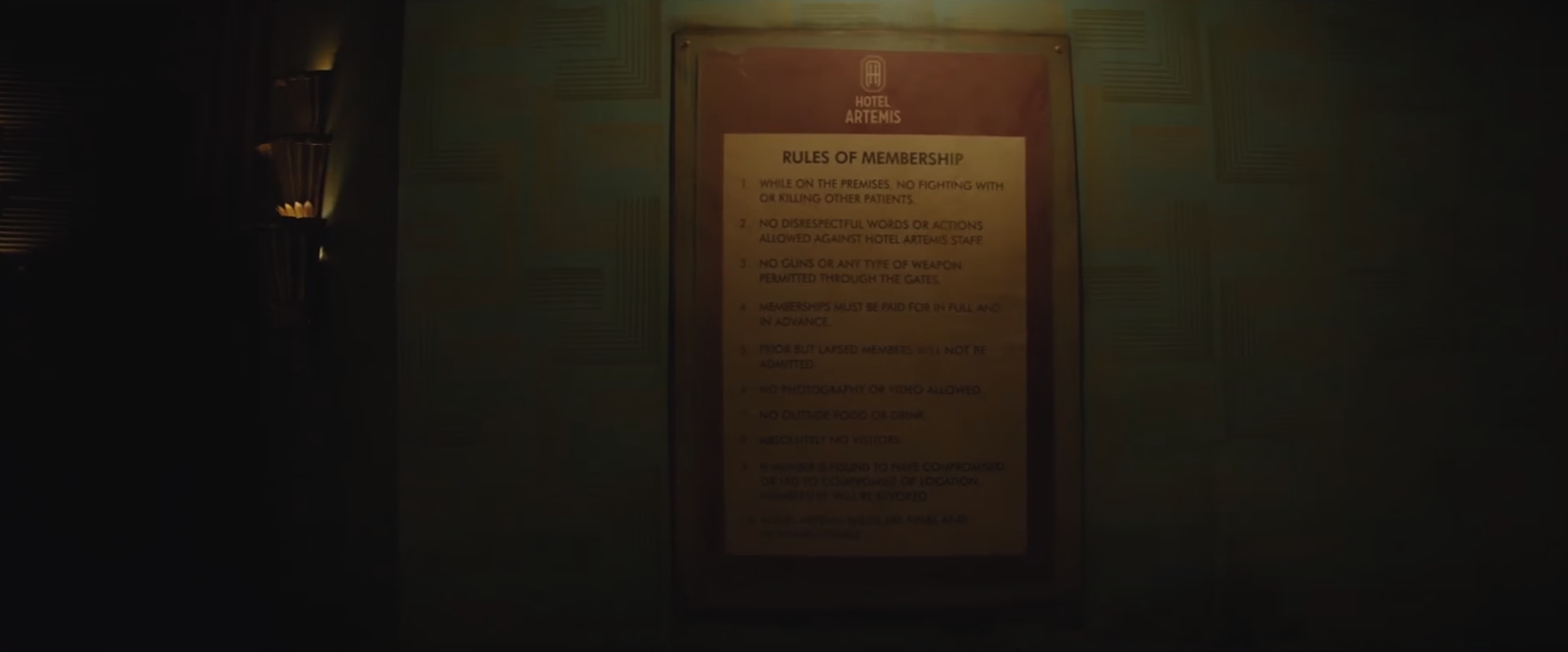
“Apparently she had these rules printed out in her editing room, much like Walter Murch’s provisos,” Gardner says. “I used to ask for a copy, but it never quite arrived.” (Note that he does cite Murch’s book In the Blink of an Eye as an essential reference.)
He is, however, able to talk about a couple of specific tips he learned. “One of the ones I find helpful is cutting on the frame when a character’s eyes leave it. Because once the eye is gone, the viewer’s emotional connection to the character breaks down and it gives you a nice result.”
Another trick he’s learned is to make the cut on the fly while editing. “I like being able to just drop an edit in-point on the fly while running a sequence, because you can feel whether you’re making the cut in the right place. It’s a way of ‘phantom cutting’ that I do over the cut that’s already there because it feels more organic.”
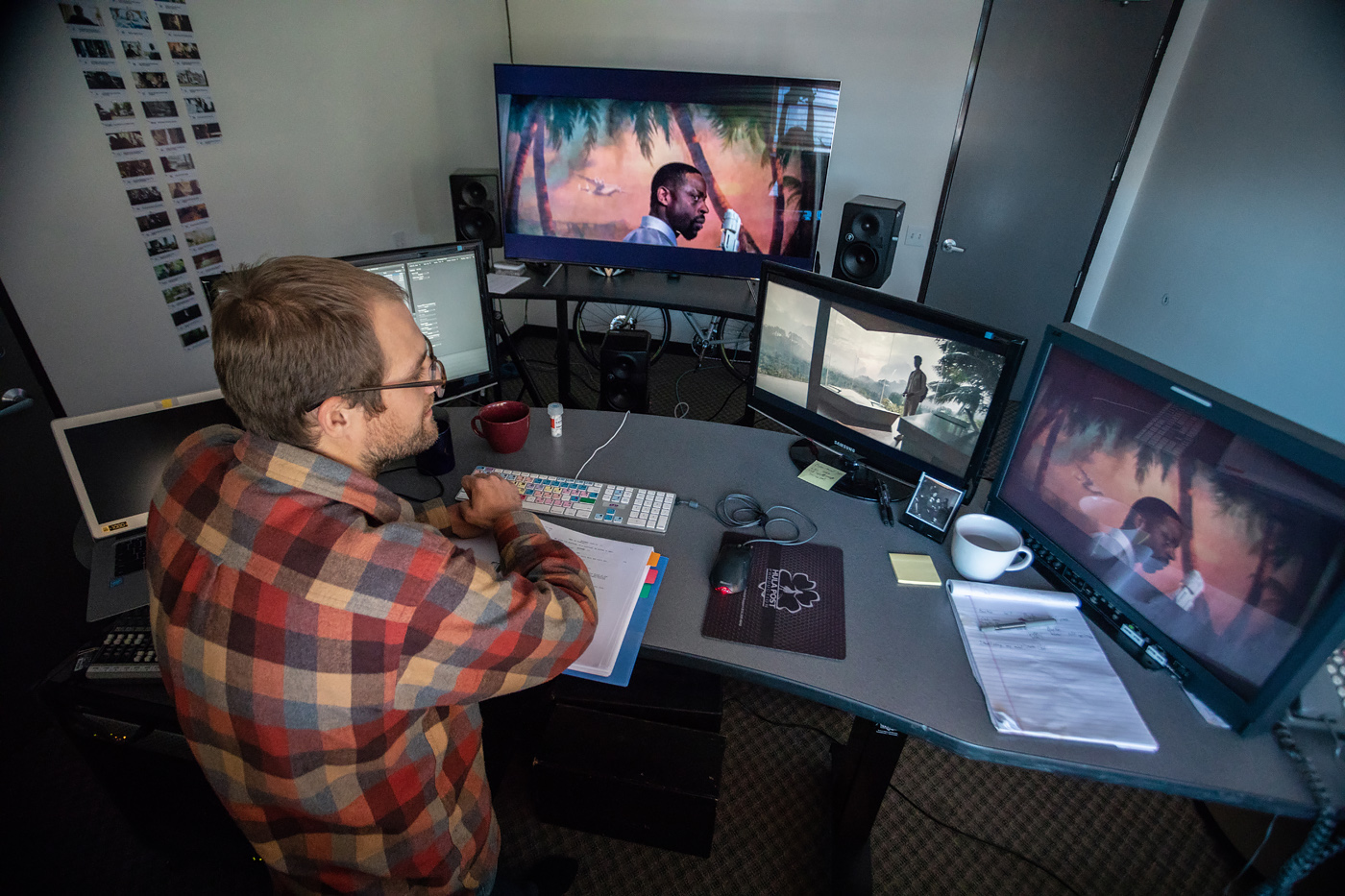
That doesn’t mean that he doesn’t go back and refine the cuts in trim mode. “I’ll put the sequence in loop play and agonize over it, cutting two frames here or three there and just rage against it until it all falls into line.”
From his own journey, working his way up from assistant to additional editor to editor, he has a bit of worthwhile advice to share with those looking to enrich their careers.
I’ve found that it’s better to be in the world you want to be in rather than have to be the guy who auditions for the part.
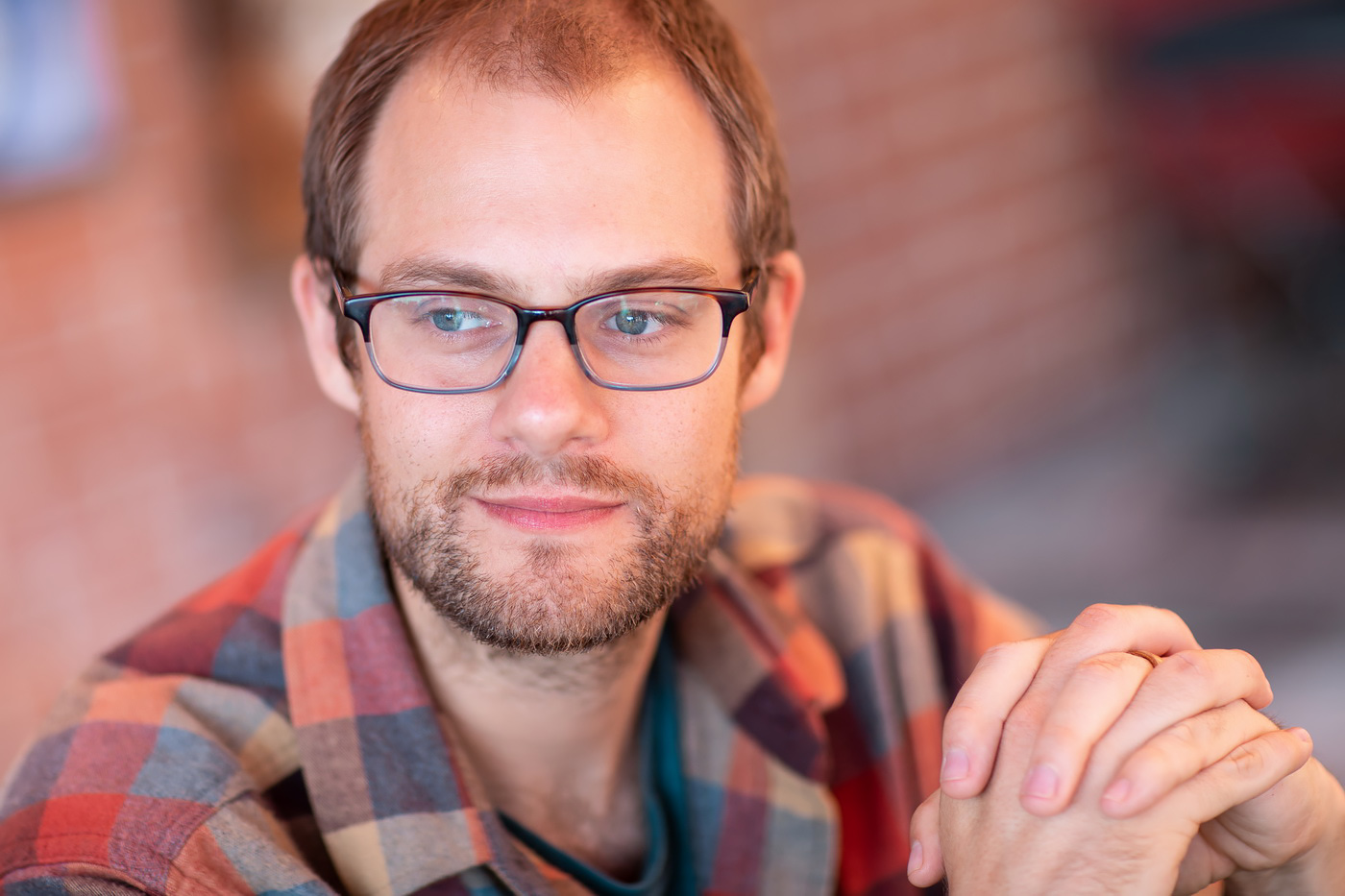
Beginning as an intern at Focus Features, where he obsessively watched films like Lost in Translation and Eternal Sunshine of the Spotless Mind (coincidentally, another film in which Paul worked with Valdís Óskarsdóttir), he made it a point to position himself in situations where he felt he could find the best opportunities. Like other young editors, he didn’t shy away from taking lower positions in order to learn from experts.
“If I was there and was showing a willingness to get the job done and a passion for the movie, and then an opportunity presented itself, I felt like I was at least giving myself the chance to get lucky. It’s neat that sometimes taking a chance on a project bears unexpected fruit.”
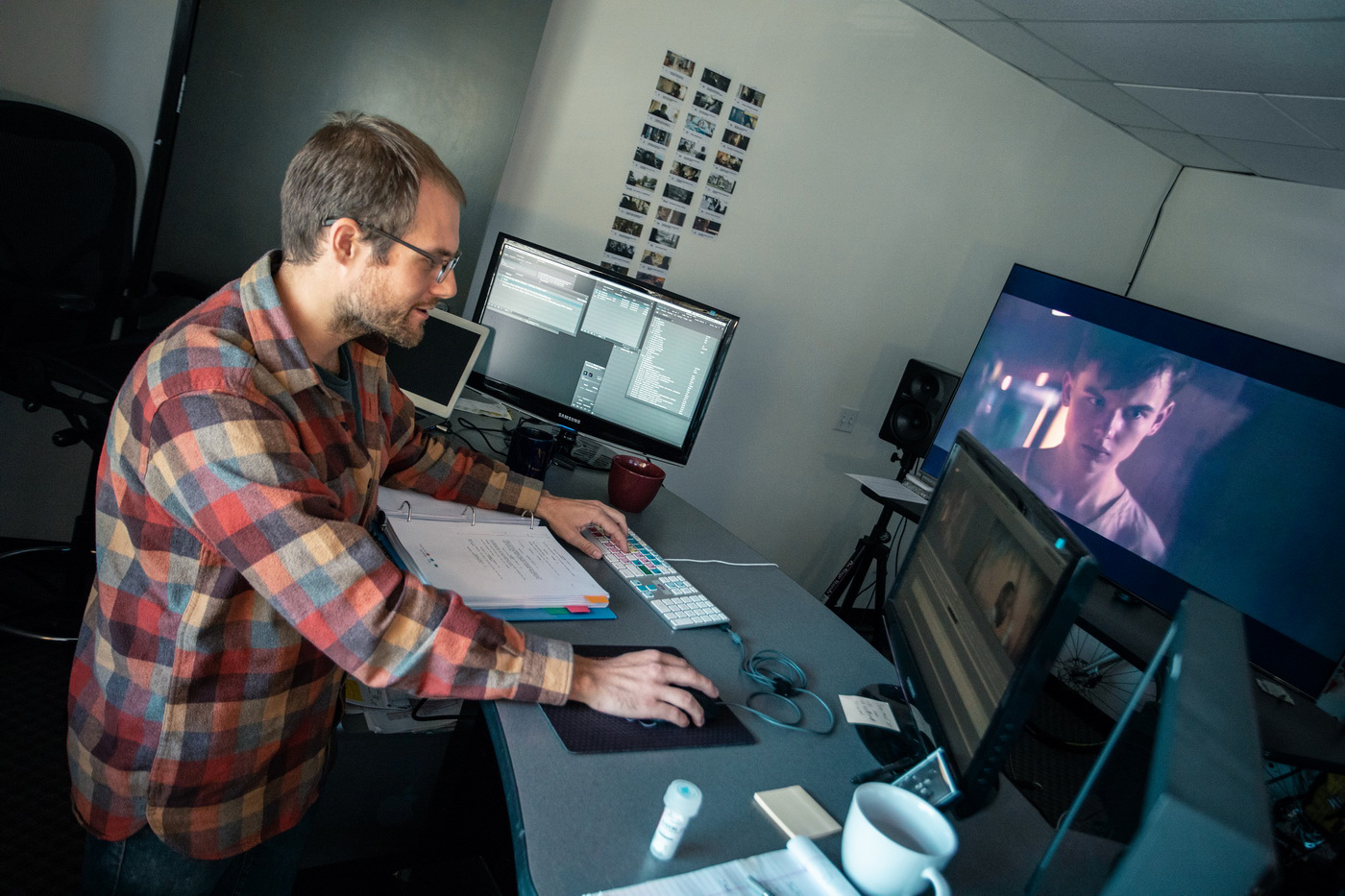
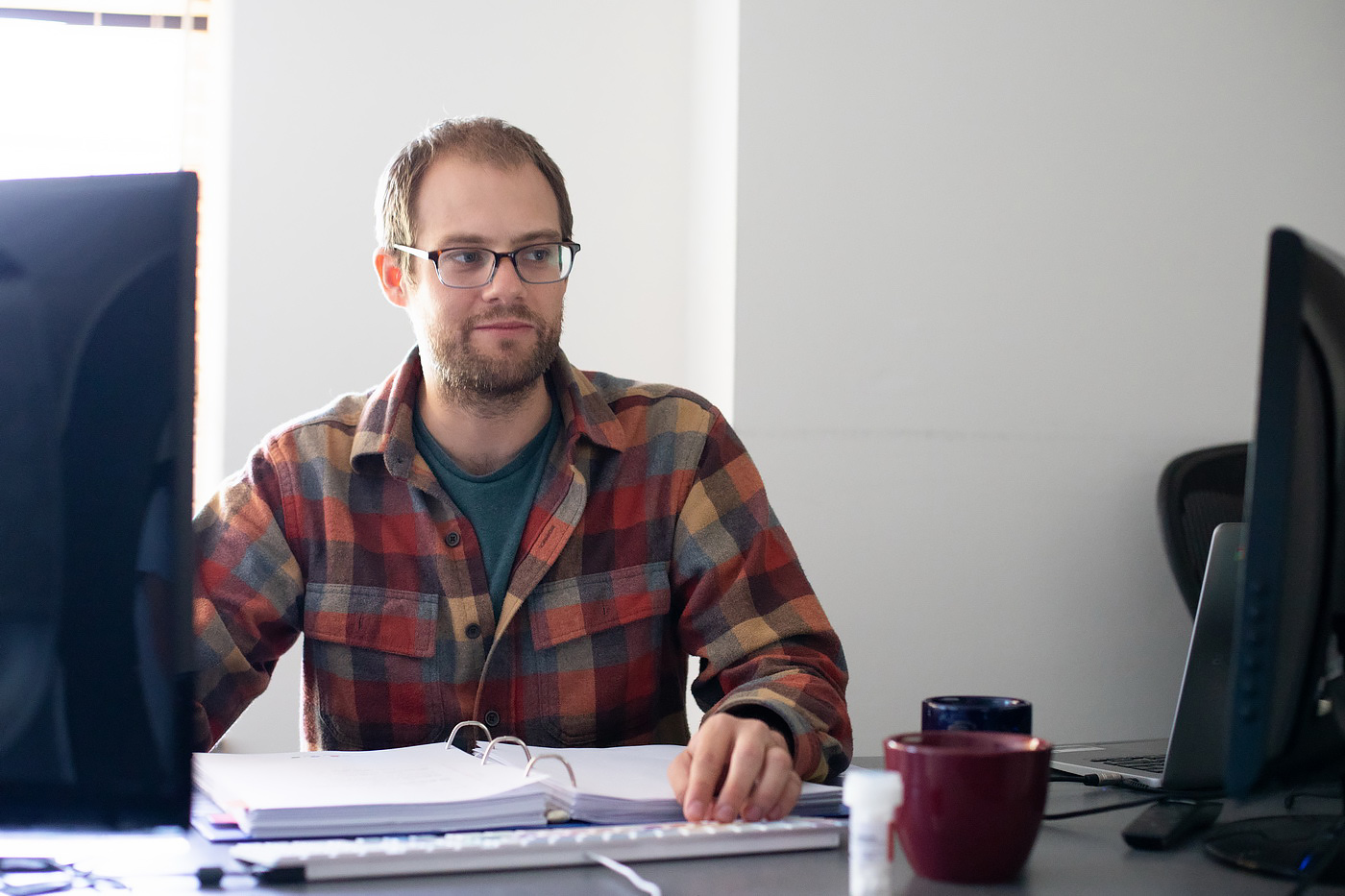
The Finishing Touches
Anyone who’s ever followed a recipe knows that often the last thing it instructs you to do before serving is to adjust the seasoning to taste. In the case of this movie, the sprinkling of humor is a delightful accent.
Gardner acknowledges that one of Drew’s inspirations was John Carpenter’s Escape From New York. If you’ve ever seen one of Carpenter’s films, you’re familiar with his knack for placing his characters in high-stakes situations that lead to heart-pounding action sequences that are then laced with irony and humor. There’s virtually no Carpenter film that doesn’t wink knowingly at the audience.
“We tried to stay true to putting the characters in jeopardy but to make it as funny as it can be,” Gardner says.
Not to give too much away, but in one sequence Zachary Quinto’s character, the son of the crime kingpin played by Jeff Goldblum, gives his father what seems like a tender and sentimental speech. “For a minute, the audience thinks ‘Oh, no! This movie is not doing this!’ but it’s kind of a big misdirect and, probably, the best laugh of the movie when we pull you back into the reality of the film. It’s always a delicate line, but we really tried to make something that in the eyes of an appreciative audience would help them settle into the fun of it.”
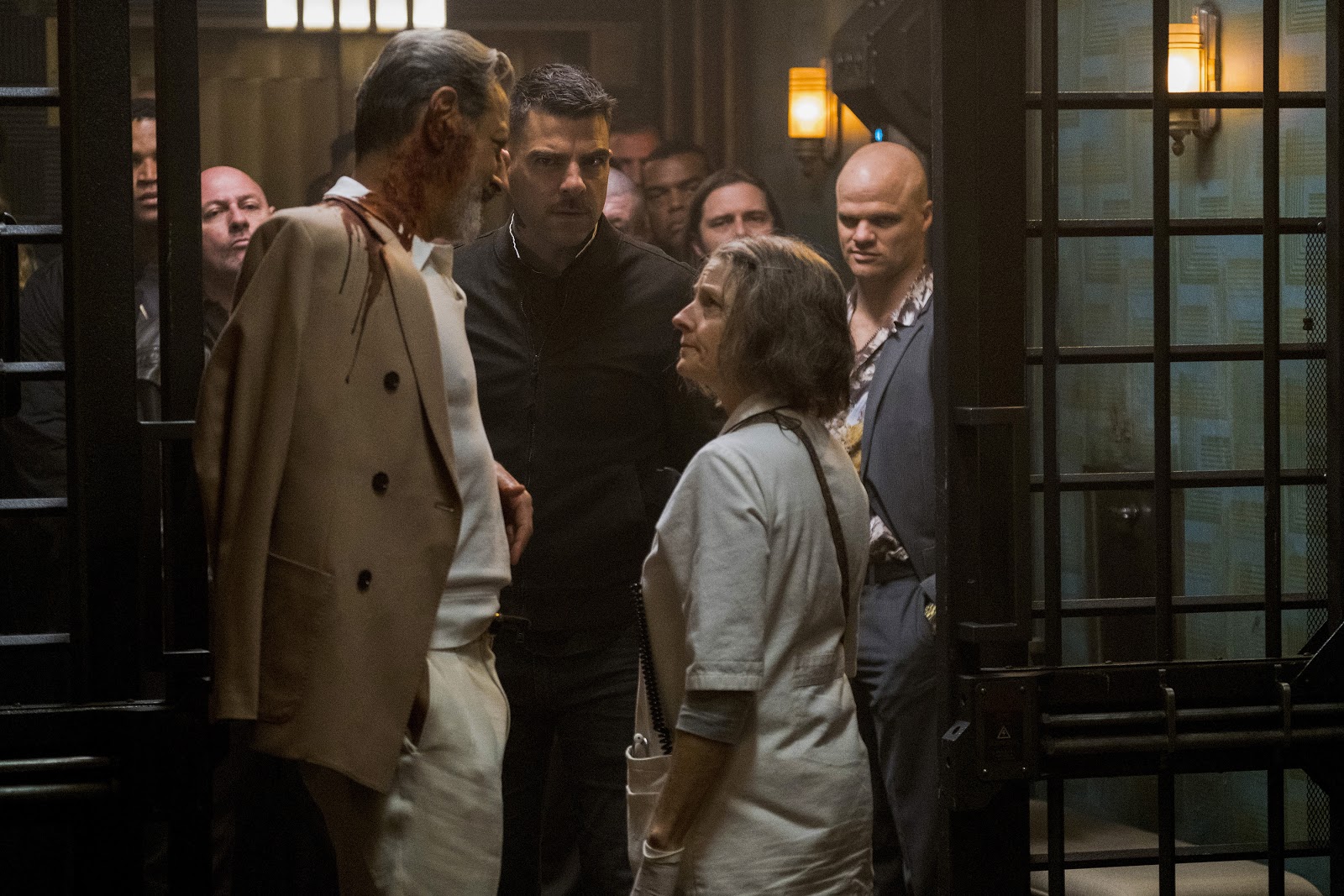
And that is how master chefs create a memorable dish. Using the finest available ingredients, they’ll find the right balance of flavors, layer them so one doesn’t dominate or cancel out the others, add a touch of unexpected seasoning, and put it together with careful attention to detail in order to maximize the enjoyment for whoever is lucky enough to sit down to dinner.
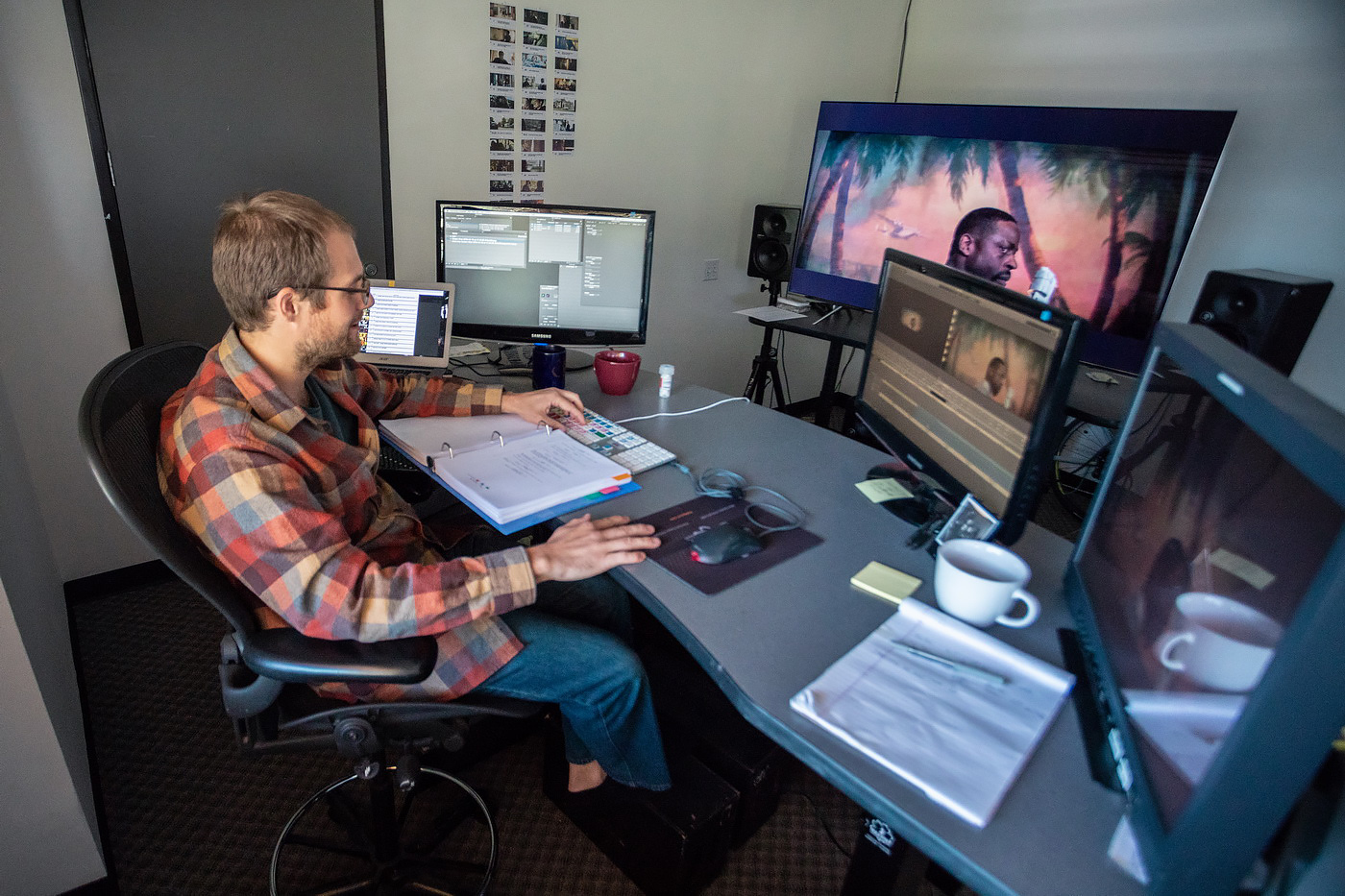
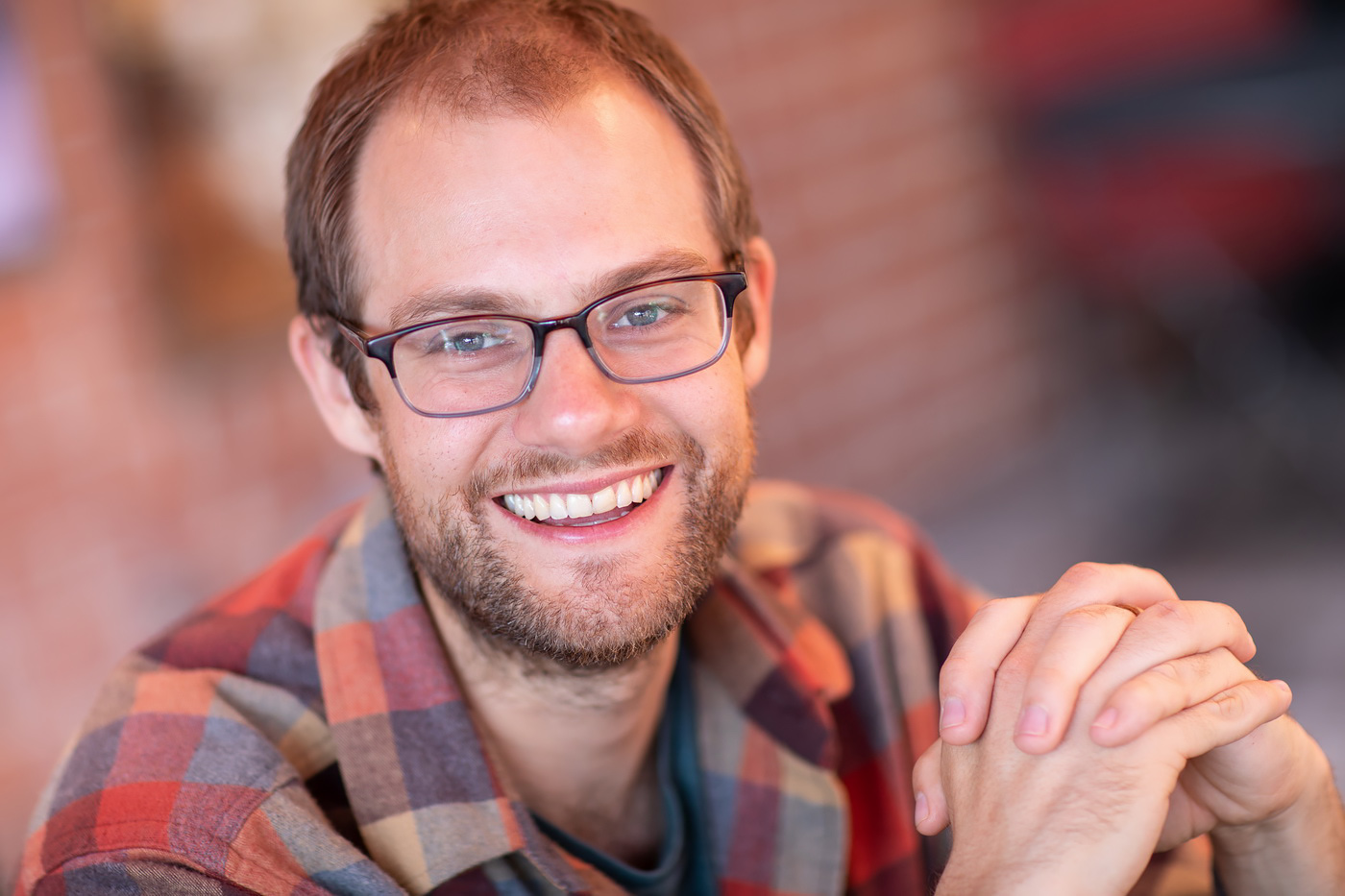
Photography by Irina Logra.

